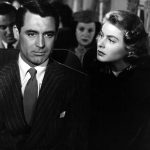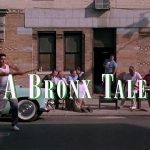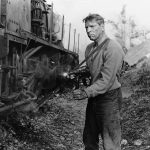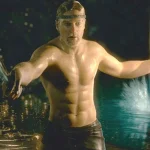Into the Wild (2007)
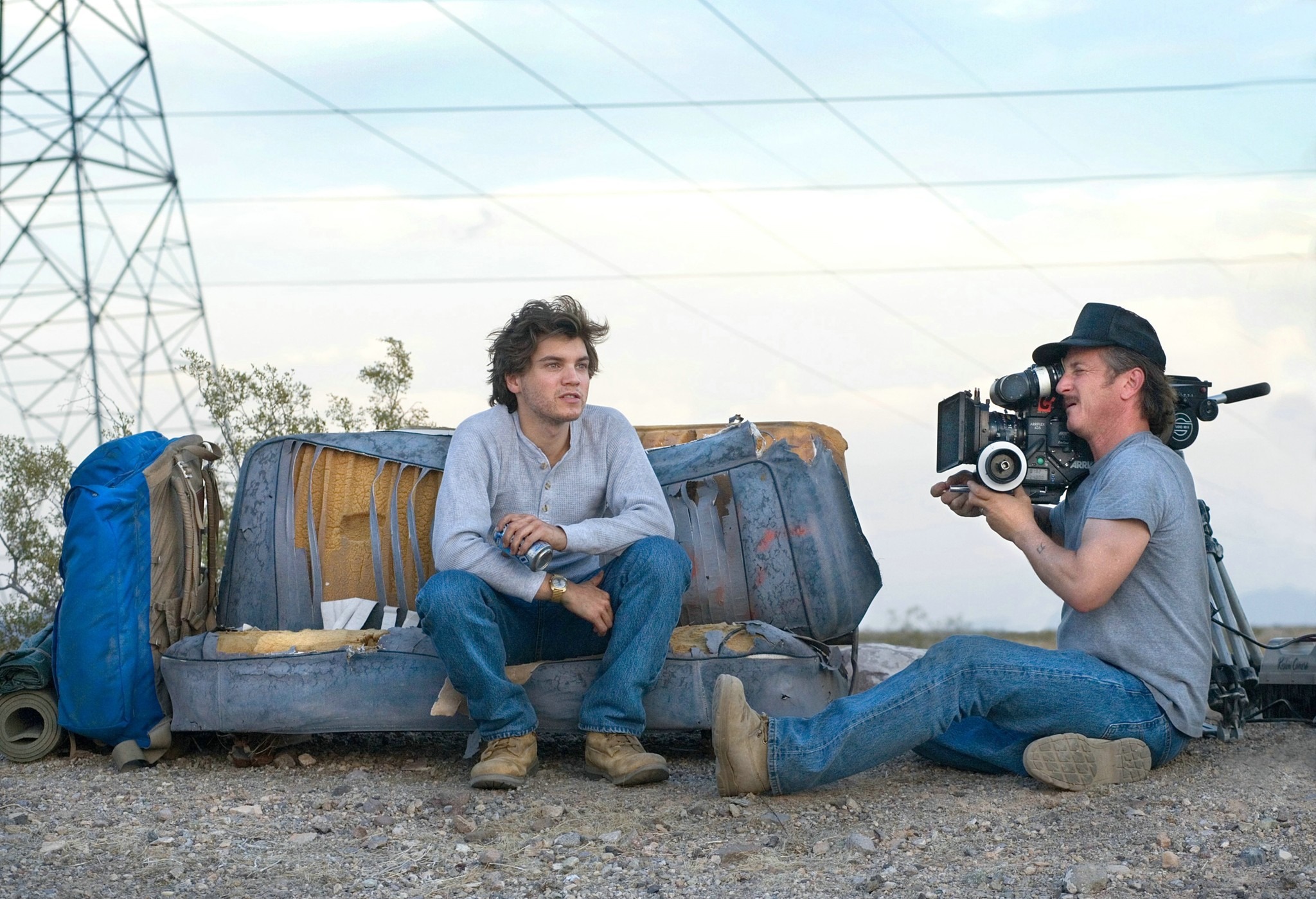
Sean Penn’s “Into the Wild,” released in 2007, is a poignant cinematic adaptation of Jon Krakauer’s non-fiction book of the same name. The film chronicles the real-life journey of Christopher McCandless, a young man who abandons conventional society to embark on a solo adventure into the wilderness of Alaska. Through McCandless’s journey, the film explores themes of freedom, self-discovery, and the pursuit of an authentic existence.

The narrative begins with McCandless, portrayed with raw intensity by Emile Hirsch, graduating from college and rejecting a conventional career and material wealth. Instead, he sets off on a cross-country road trip, eventually cutting off all ties with his family and adopting the pseudonym “Alexander Supertramp.” McCandless’s ultimate goal is to experience the raw beauty of nature and live a life of true freedom, unencumbered by societal expectations and material possessions.
Central to “Into the Wild” is McCandless’s deep-seated desire for authenticity and spiritual fulfillment. His journey takes him through the rugged landscapes of the American West, where he encounters a diverse array of individuals who leave lasting impressions on his worldview. From the wise and introspective Ron Franz, brilliantly portrayed by Hal Holbrook, to the free-spirited couple Jan Burres and Rainey, McCandless’s interactions shape his understanding of human relationships and the complexities of human nature.

The heart of the film lies in McCandless’s transformative experiences in the Alaskan wilderness. As he navigates the unforgiving terrain and confronts the harsh realities of survival, McCandless undergoes a profound inner journey. His encounters with solitude, nature’s beauty, and the starkness of isolation force him to confront his own vulnerabilities and aspirations. Through these experiences, McCandless seeks to strip away the layers of societal conditioning and discover his true essence.
Thematically, “Into the Wild” delves into the tension between individualism and human connection, as well as the consequences of rejecting societal norms in pursuit of personal authenticity. McCandless’s idealism and rejection of materialism challenge viewers to reflect on the nature of happiness and fulfillment. His quest for freedom resonates as a universal longing for meaning and purpose in a world often dictated by external pressures and expectations.

Penn’s direction imbues the film with a sense of wanderlust and introspection, capturing the vastness of the American landscapes and the emotional depth of McCandless’s journey. The cinematography by Eric Gautier enhances the film’s visual impact, juxtaposing the expansive wilderness with intimate moments of self-reflection and discovery. Through visual storytelling, Penn invites viewers to immerse themselves in McCandless’s quest for truth and enlightenment.
Emile Hirsch’s portrayal of Christopher McCandless is compelling and nuanced, capturing the character’s charisma, idealism, and inner turmoil. Hirsch’s performance brings depth to McCandless’s complexities, portraying him not as a mere wanderer but as a young man grappling with profound existential questions. Hirsch’s physical transformation and emotional intensity resonate with McCandless’s struggle to reconcile his dreams of independence with the reality of human connection.

Visually and thematically, “Into the Wild” is a contemplative exploration of the human spirit’s yearning for freedom and self-discovery. It challenges viewers to reconsider their own priorities and values, prompting reflection on the pursuit of happiness and the sacrifices inherent in seeking personal fulfillment. The film’s poignant conclusion, which confronts the consequences of McCandless’s choices, underscores the bittersweet nature of his quest and invites contemplation on the boundaries between freedom and isolation.
In conclusion, “Into the Wild” stands as a poignant meditation on the search for authenticity and meaning in a world marked by complexity and contradiction. Sean Penn’s adaptation of Jon Krakauer’s book, brought to life by Emile Hirsch’s powerful performance, continues to resonate with audiences as a testament to the human spirit’s capacity for courage, self-discovery, and the pursuit of an authentic existence.

